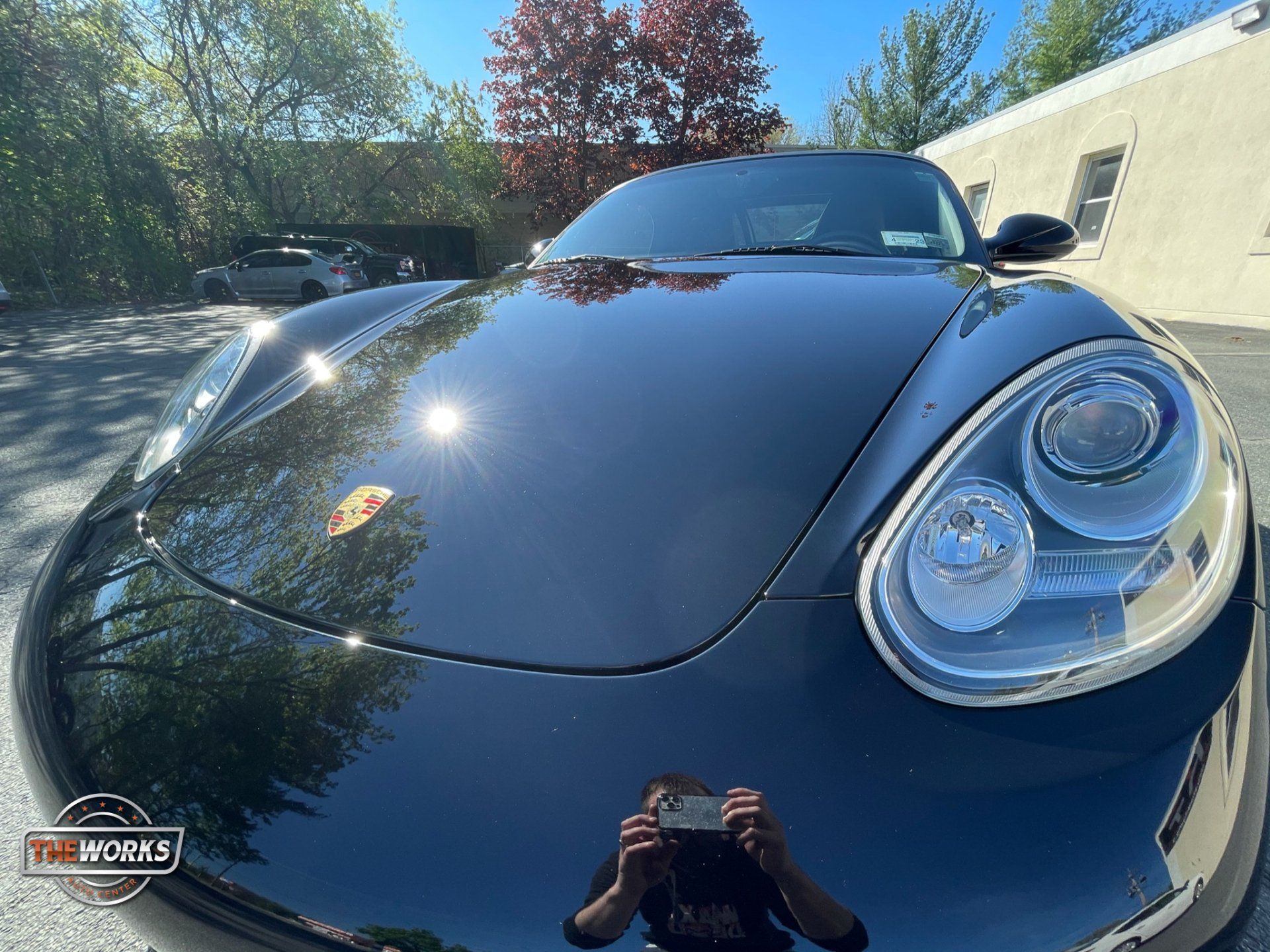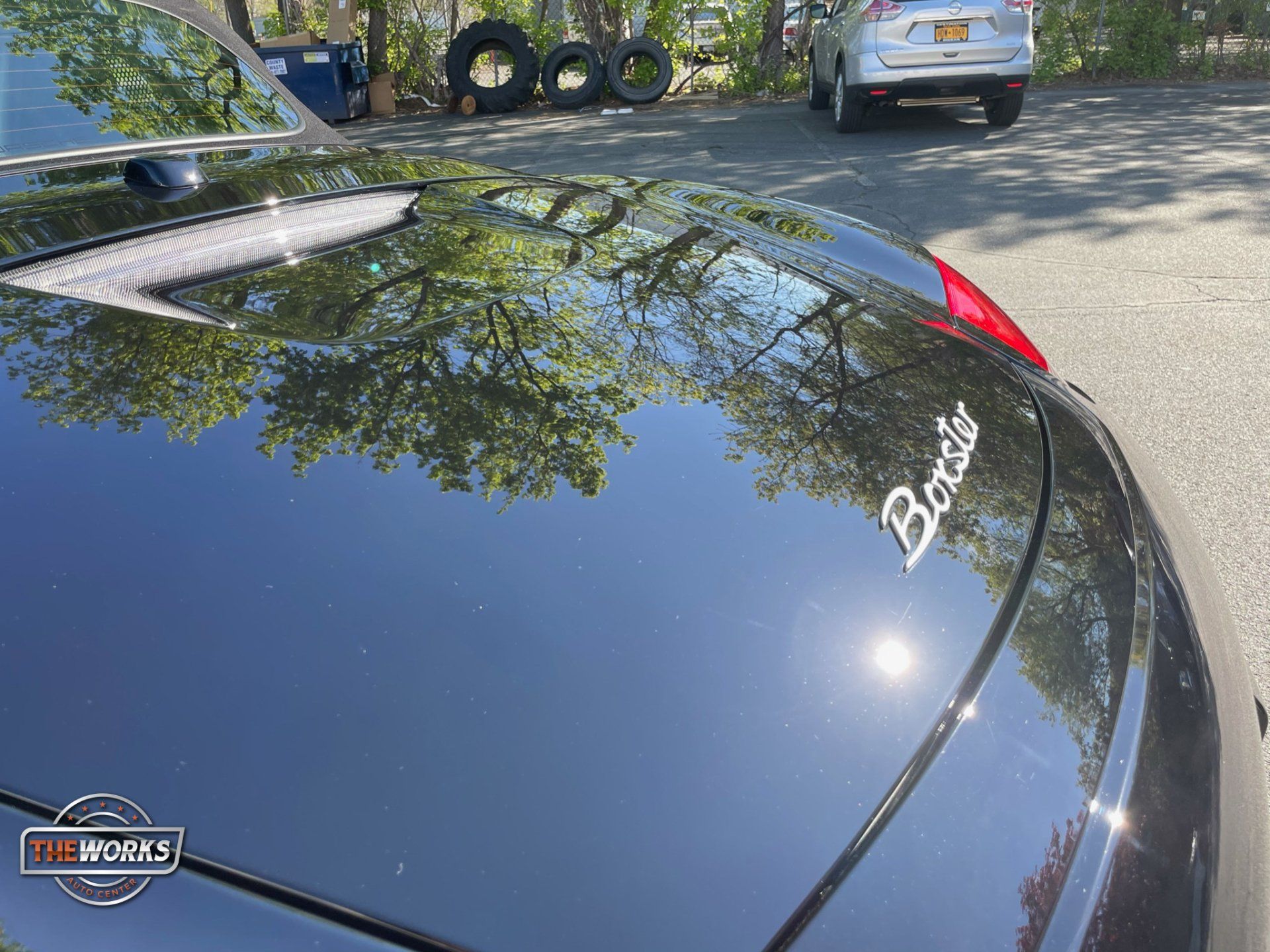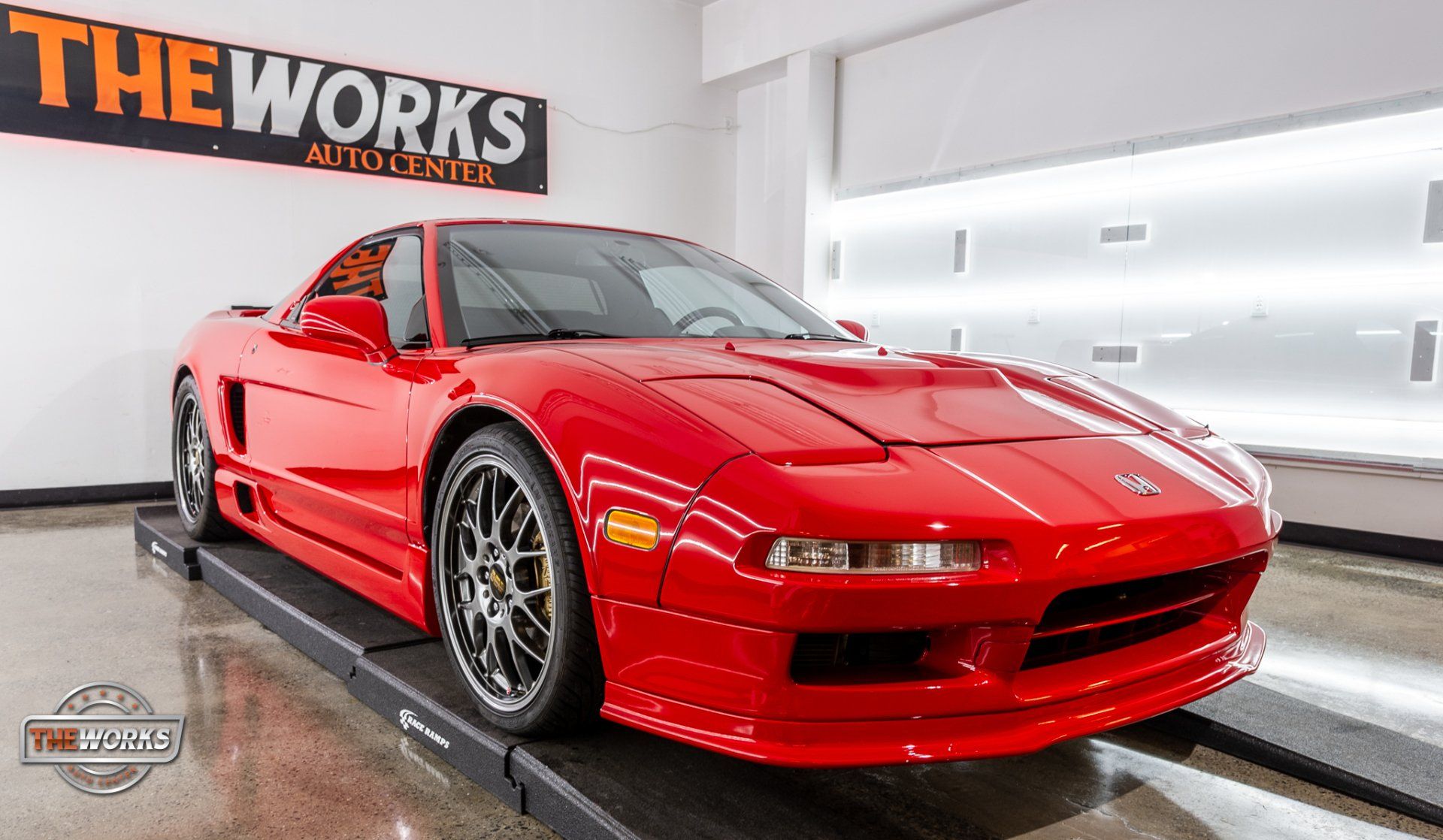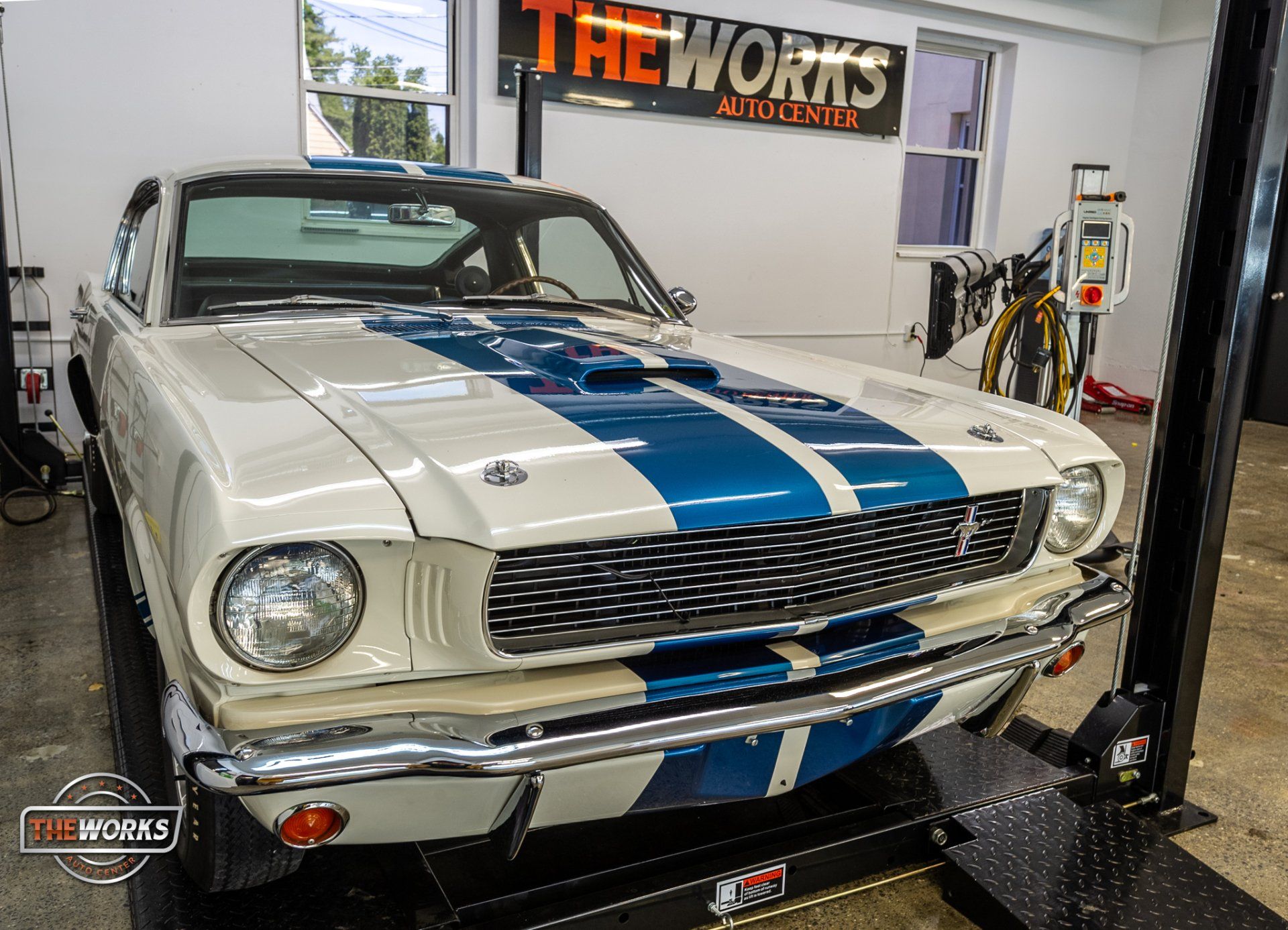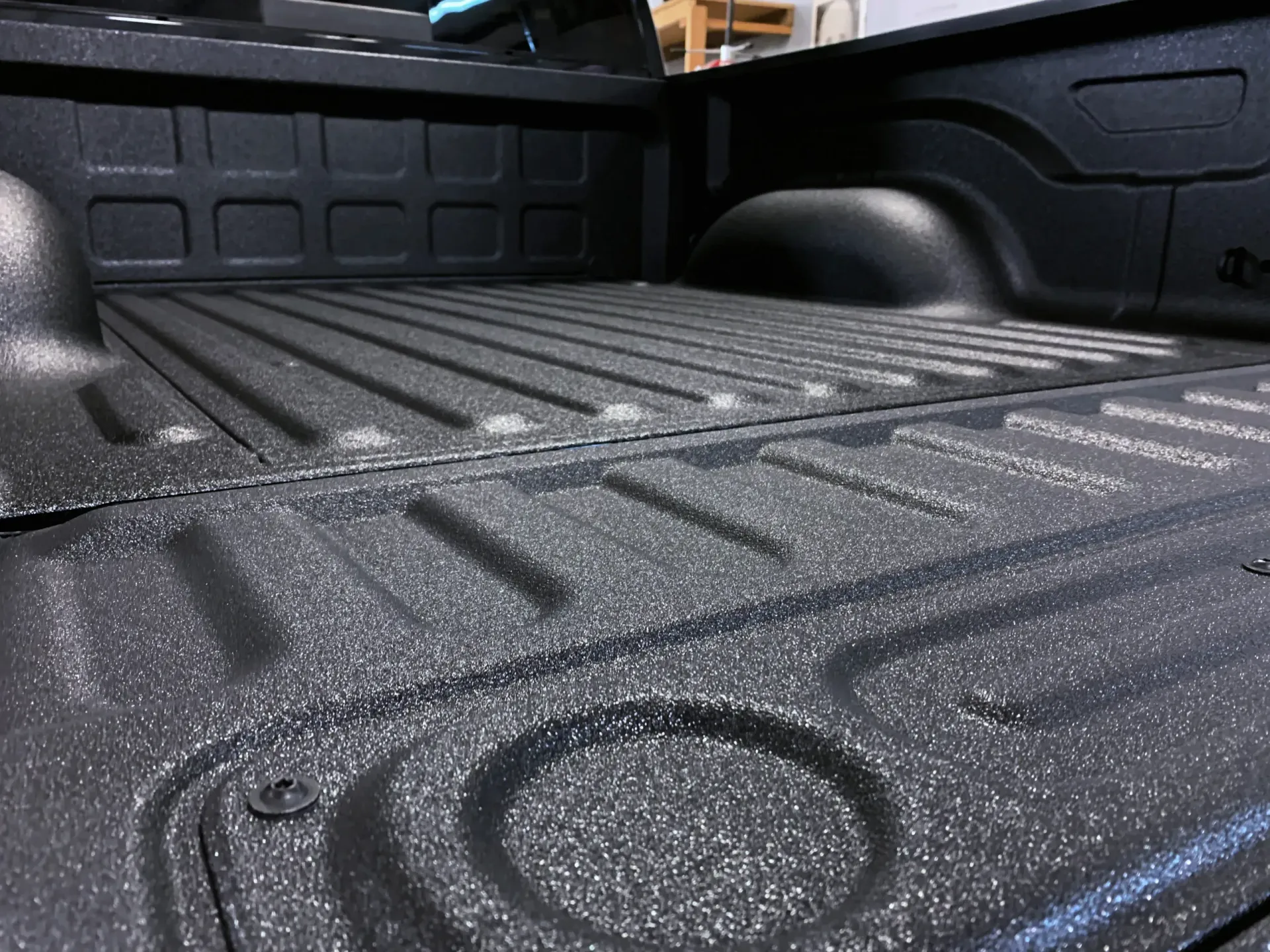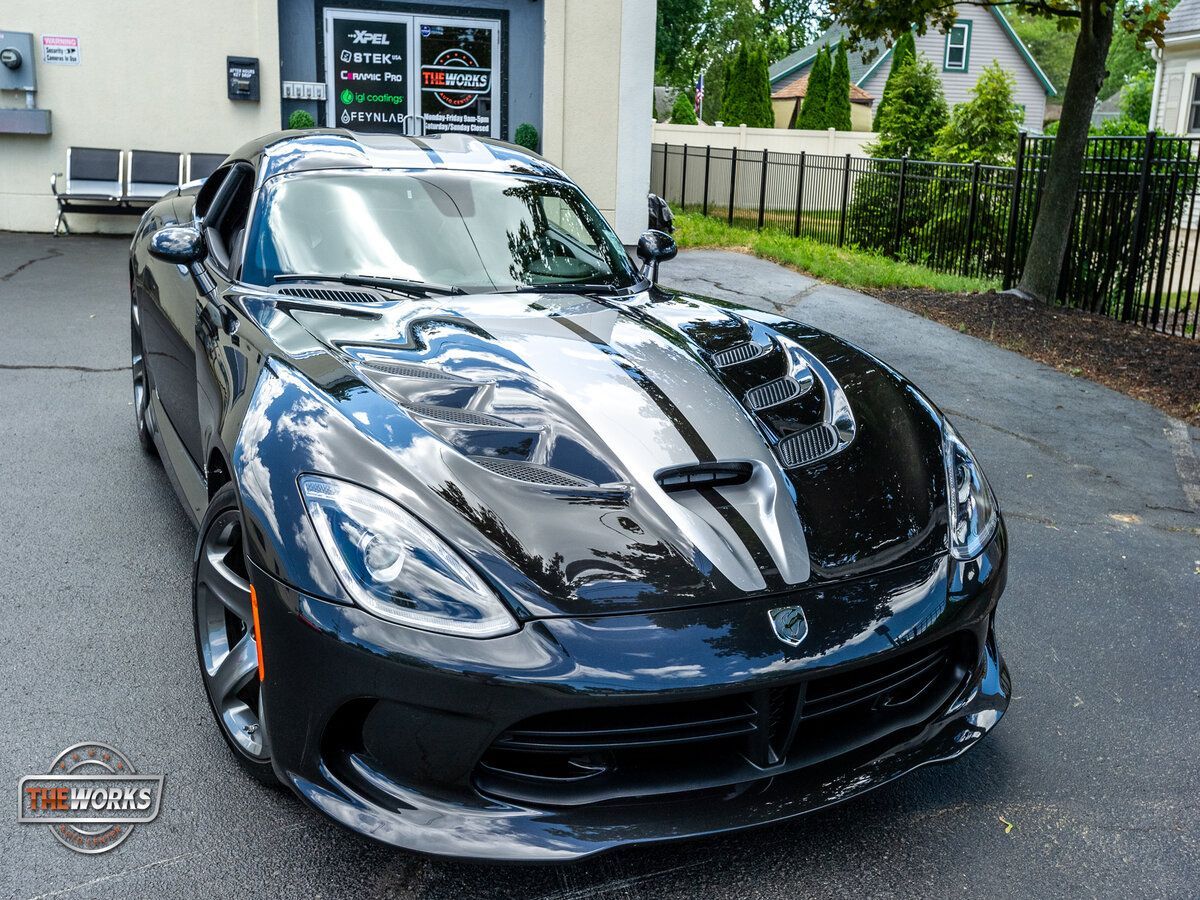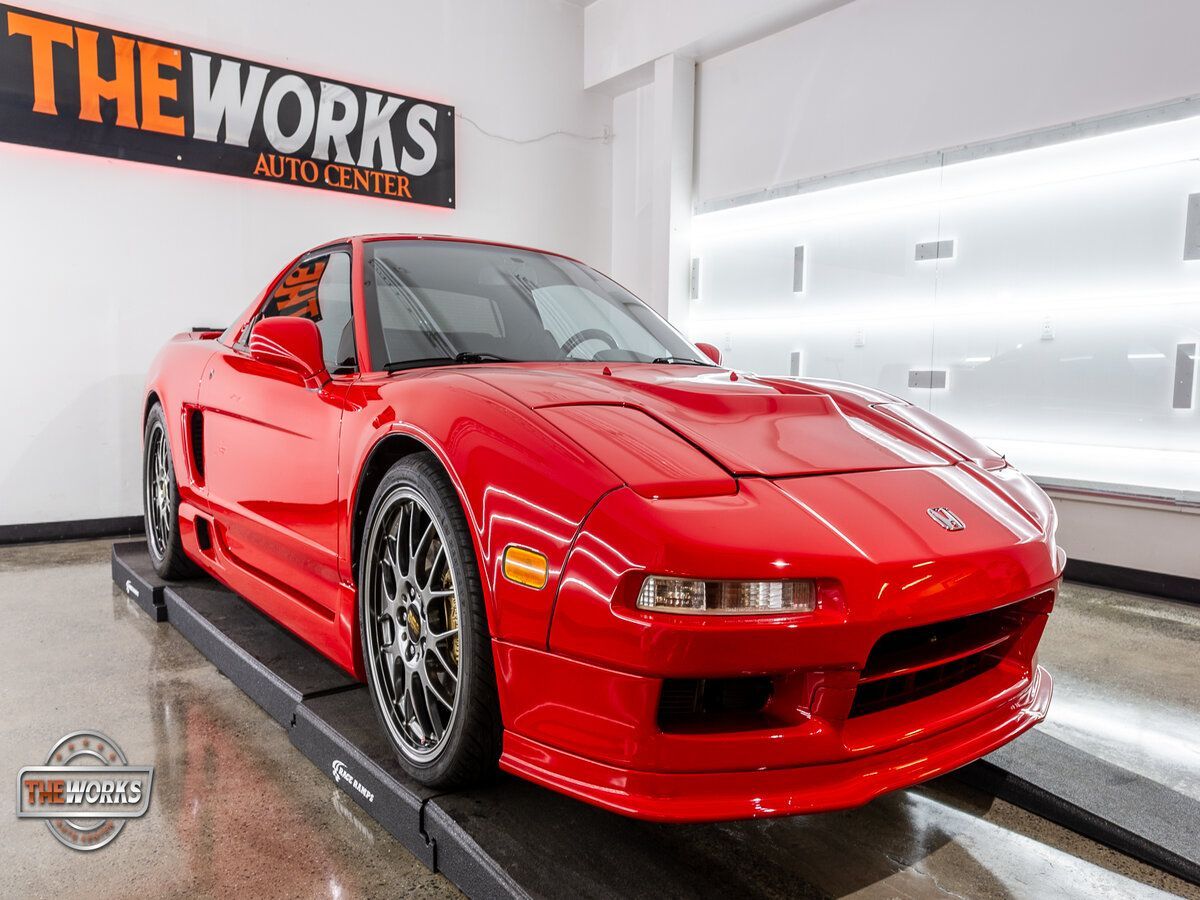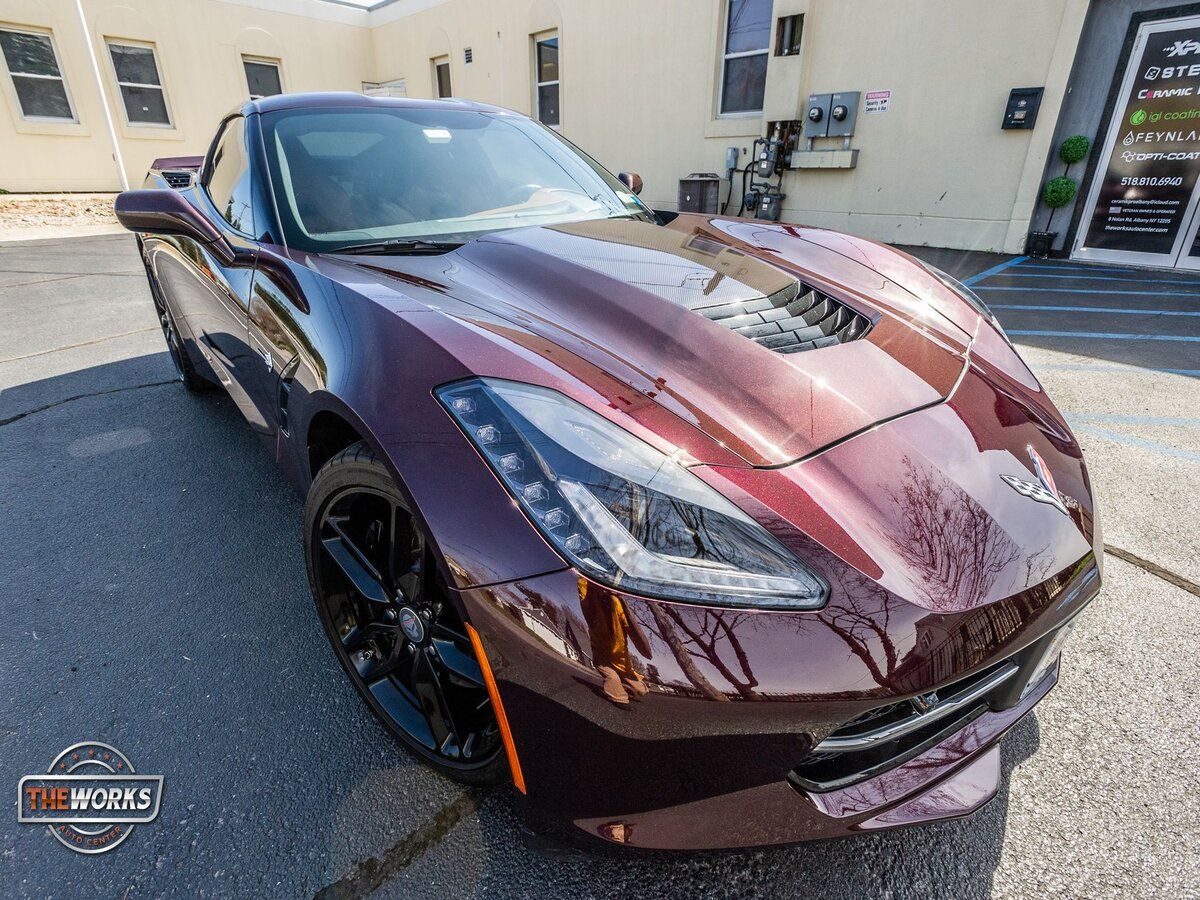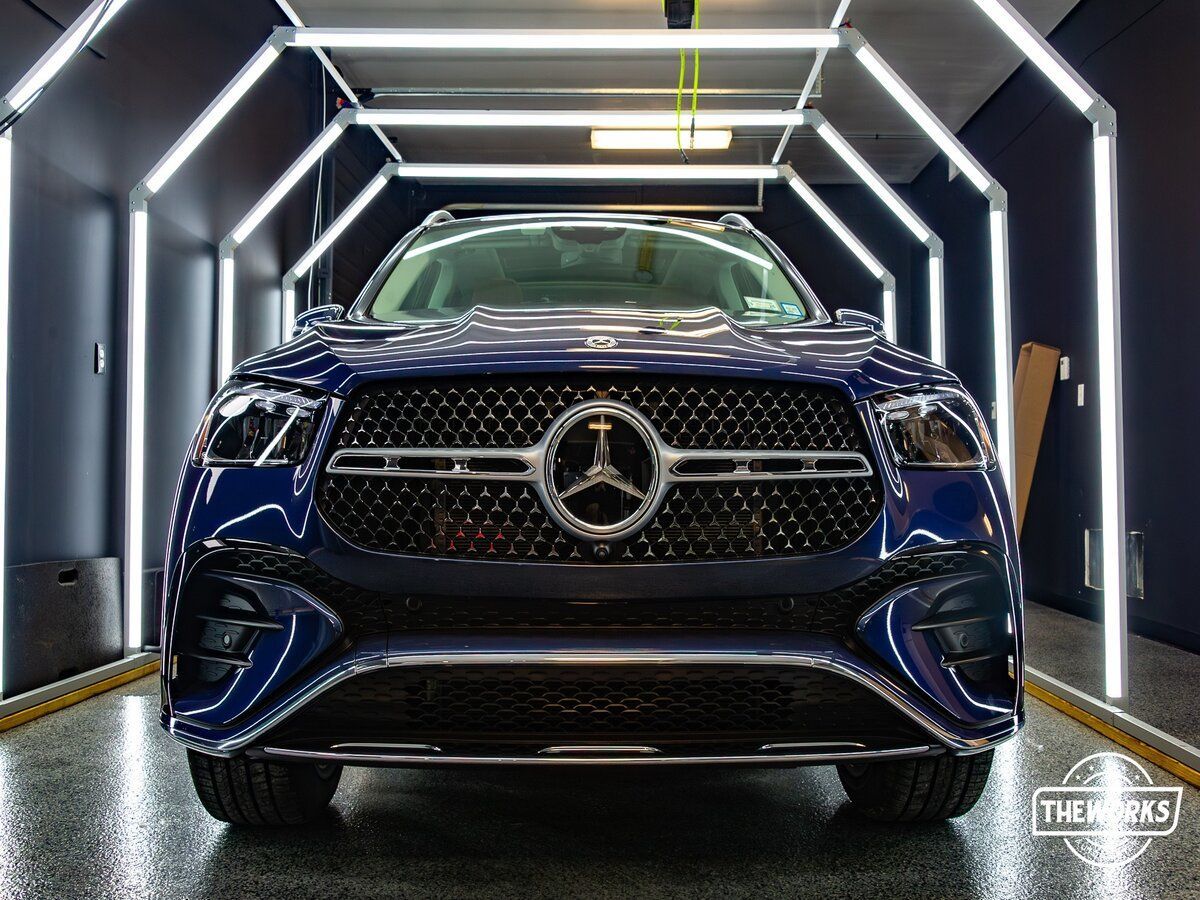How Does Ceramic Coating Protect Your Car’s Paint?
When it comes to preserving the pristine condition of your car’s paint, ceramic coating stands out as a revolutionary solution. This advanced form of paint protection offers a range of benefits that not only enhance the appearance of your vehicle but also provide robust protection against various environmental and physical threats. Understanding how ceramic coating works can help you make an informed decision about investing in this technology for your car.
Types of Ceramic Coating for Cars
When it comes to protecting your car's paint, three primary types of ceramic coatings are worth considering. Each type offers different levels of protection, and understanding their differences can help you choose the best option for your specific needs.
Professional/Industry-Grade
These ceramic coatings are the heavy-duty protectors of the car paint world. Certified professionals often apply them due to their exceptional durability. The high-grade nature of these coatings means they provide a tough, long-lasting protective layer for the car's paint.
Consumer-Grade
On the other end of the spectrum, we have consumer-grade ceramic coatings. Car owners can more easily access and apply these coatings compared to their professional-grade counterparts. While they may offer slightly less durable protection, they still provide impressive shielding capabilities for the car's paint.
Substandard
Lastly, there are substandard ceramic coatings that fall short in terms of providing the expected level of protection for your car's paint. These coatings may not only fail to deliver adequate shielding but could potentially damage the car's paint if applied improperly. It's crucial to carefully assess your specific requirements before deciding on a ceramic coating type for your car, as each type comes with distinct characteristics that cater to varying needs and preferences.
Protective Properties of Ceramic Coating
Ceramic coatings act like invisible armor for your car's paintwork, creating a shield against everyday environmental challenges. The ceramic coating's ability to provide protection depends on the chemical bond it forms with the car's paint. Not only does it protect against physical damage, but it also helps maintain the paint's luster and shine over an extended period of time.
The hydrophobic nature of ceramic coatings means that water beads up and rolls off the surface instead of pooling on the paintwork. This not only makes cleaning easier but also reduces water spotting, which can tarnish the appearance of your car's exterior. Moreover, the anti-corrosive nature of ceramic coatings acts as a barrier against acidic substances that could potentially eat away at the paintwork.
Paint protection also plays a big role in maintaining the overall value of your vehicle. By preventing damage and maintaining a pristine appearance, ceramic coatings add an extra layer of defense against wear and tear, potentially increasing the resale value when you decide to upgrade or sell your vehicle.
Follow the manufacturer's maintenance and reapplication timelines to maximize these protective properties. Regular maintenance will help uphold the integrity of the protective layer and keep your car looking like new for years to come.
Advantages of Ceramic Coating
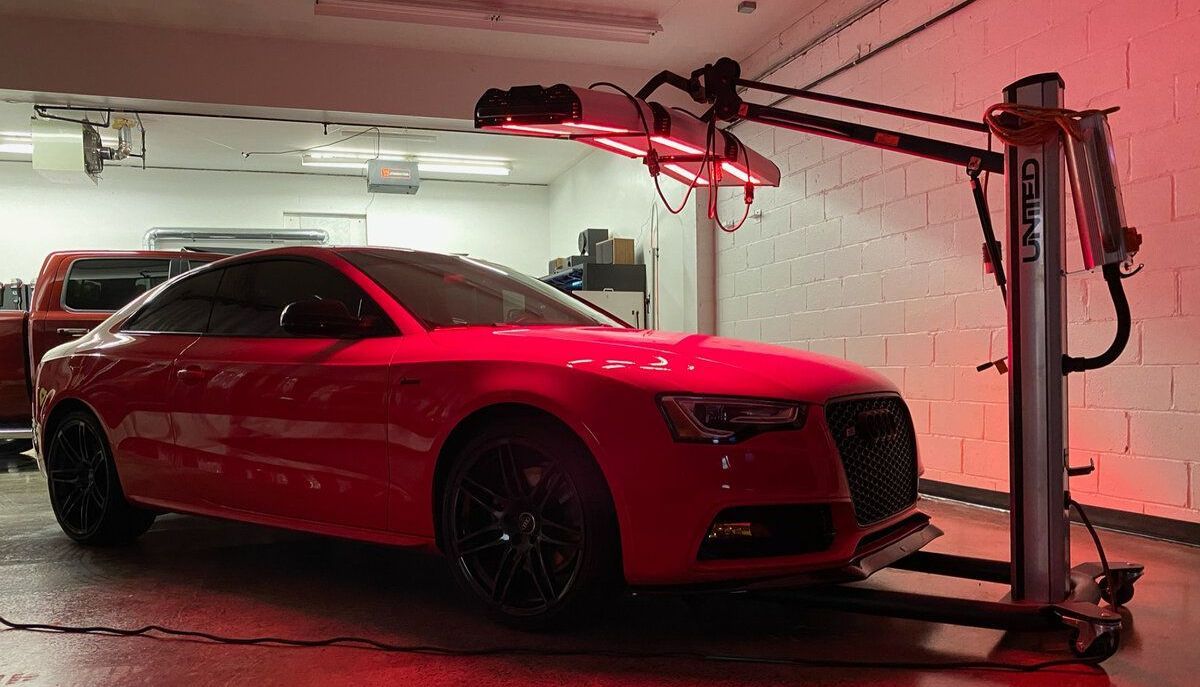
A high-quality ceramic coating is like a determined guardian for your car's paint job; it can last for years, offering unparalleled protection and diminishing the need for frequent waxing or polishing. It's essentially a long-term investment in keeping your car looking pristine.
Some may argue that traditional waxes can also extend the life of the paint job. While that is true, ceramic coatings provide a much longer-lasting shield against environmental factors and are more resistant to abrasions and chemical damage than any wax or sealant could.
Moving on to enhanced gloss—it's like giving your car an everlasting spa day. Ceramic coatings bring out the best in your paint, enhancing its appearance with a deep and glossy finish that surpasses anything traditional waxes can offer. Imagine a showroom-quality shine that doesn't fade away; that's precisely what ceramic coatings deliver.
To envision this, think of how fresh paint looks—it glistens under the light, catching everyone's eye. With a ceramic coating, you get to maintain that same level of shine every day, even after countless drives through rain or snow.
Moreover, a glossy finish isn't just about looks; it also reflects how well-protected your car is from environmental contaminants that can cause dullness over time.
The hydrophobic properties of ceramic coatings make cleaning almost magical. Think of it as an invisible shield that repels dirt and grime, making it easier to wash away without extensive scrubbing or harsh chemicals. This saves you valuable time and effort on regular maintenance while ensuring your car always looks its best. Remember: A clean car isn't just about appearances—it also influences your driving experience and provides long-term benefits by preserving your vehicle's integrity.
With these remarkable benefits, the appeal of ceramic coatings becomes clear—they promise longevity, enhance gloss, and simplify cleaning routines for vehicle owners who seek optimal protection for their prized possessions.
Applying Ceramic Coating: A Complete Guide
Applying a ceramic coating can feel overwhelming, but with the right approach and techniques, it's a feasible goal. Let's break down the process into key steps to guide you through.
Surface Preparation
Before applying the ceramic coating, it's crucial to prepare the surface properly. Start by giving your car a thorough wash using high-quality car shampoo to remove any dirt, grime, and residues accumulated on the surface. Following the wash, use a clay bar or mitt to decontaminate the paint, ensuring that the surface is clean and smooth for effective bonding of the ceramic coating. After decontamination, inspect the paint for imperfections. If they are present, consider using polish to correct them before applying the ceramic coating to ensure even and consistent protection across the entire surface.
Application Technique
Precision is key when applying the ceramic coating. Apply the coating in small sections to ensure even coverage across the entire surface. Using an applicator pad, spread the coating in straight lines with slight overlap, working on one small area at a time. This methodical approach allows for uniform coverage and minimizes the risk of missing spots or creating uneven patches. It's important to follow the manufacturer's instructions regarding application techniques and curing times for optimal results and long-lasting protection for your car's paint.
Curing Period
Your car enters a crucial curing period once you apply the ceramic coating to its entire surface. During this time, it's vital to keep the car away from water or contaminants that could interfere with the process. The recommended curing period varies depending on the specific product used, typically ranging from 24 to 48 hours.
While the initial curing occurs within the first couple of days, it continues to harden over a longer duration—often up to seven days. During this period, avoid exposing your car to harsh environmental conditions or aggressive washing methods to allow the coating ample time to cure undisturbed for maximum protective potential.
By following these meticulous steps for surface preparation, precise application technique, and adequate curing time, you set the stage for a robust and durable ceramic coating that protects your car's paint for years to come.
Pitfalls to Avoid with Ceramic Coating
When it comes to ceramic coating, it's not just about the application; how you maintain and care for it is equally crucial. Let's explore some common pitfalls that can compromise the effectiveness of ceramic coatings and how to steer clear of them.
The Perils of Improper Application
Improper application is one of the main problems with ceramic coating. This can lead to streaks, high spots, or patchy coverage, which compromises the protective coating. It's essential to diligently follow the manufacturer's instructions and adhere to the correct application techniques. Applying too much or too little product, or doing so in an incorrect environment (too hot, cold, or humid), can result in unsatisfactory results.
For instance, applying ceramic coating under direct sunlight can cause it to dry too quickly, leading to uneven coverage and potential high spots. Similarly, applying the coating in a humid environment could trap moisture under it, thereby affecting its adhesion and longevity.
The importance of proper maintenance
Inadequate maintenance practices are another pitfall that can diminish the protective properties of ceramic coatings. Neglecting regular washing or using harsh chemicals can compromise the durability and protective qualities of the coating. Proper maintenance isn't just about preserving the glossy appearance; it's about upholding the protective properties that prevent damage from environmental factors.
A common mistake is using abrasive cleaners or detergents that contain strong chemicals. Over time, these can degrade the ceramic coating, reducing its effectiveness in protecting the paint from contaminants and UV radiation. Regular washing with a pH-neutral car shampoo and avoiding automatic car washes with harsh chemicals are critical aspects of maintaining the ceramic coating's integrity. By doing so, you ensure that it continues to provide maximum protection against environmental hazards.
Taking proactive steps to avoid these pitfalls will help preserve the effectiveness of your ceramic coating and ensure long-lasting protection for your car's paint finish.
Tips for Maintaining Ceramic Coating Longevity

Taking care of your ceramic coating is like caring for a prized possession. You want it to last and keep its shine for as long as possible, right? Well, here are some tips to help you do just that.
Gentle Washing
Keeping your car clean is important, but using the wrong products can actually harm your ceramic coating. Instead, use pH-neutral car shampoo and soft microfiber towels. This will help you avoid damaging the coating while washing.
Avoid harmful chemicals.
Just like how you might choose gentle household products for delicate surfaces in your home, it's important to do the same for your car when maintaining its ceramic coating. Avoid using abrasive polishes or harsh chemicals that can wear down the ceramic coating prematurely. By staying away from these harmful substances, you're not only keeping your ceramic coating safe, but also ensuring that it stays strong and effective over time.
Regular Inspection
Just like you'd visit the doctor for a regular check-up, your car's ceramic coating needs a little attention too. To maintain its protective properties, regularly check the coating's condition and address any issues as soon as possible. This is like giving it a little boost—a little sprucing up—before facing the world again.
You want to make sure you catch any problems early on so they don't grow into bigger issues that could become costly to fix.
By following these tips, you can maintain your ceramic coating's resilience and dazzling appearance for years to come, keeping your car looking glossy and protected.
Ensuring the longevity of your ceramic coating not only adds value to your vehicle, but also brings peace of mind knowing that your car's exterior is well protected. Take a proactive approach to maintaining your ceramic coating, and you'll enjoy a gleaming and shielded car for years to come.
Discover the Exceptional Quality of Ceramic Coating at The Works Auto Center
When it comes to protecting your vehicle’s paint and enhancing its appearance, nothing compares to ceramic coating. At The Works Auto Center in Albany, New York, we pride ourselves on being the trusted experts in ceramic coating services. Our commitment to quality, customer satisfaction, and professional excellence sets us apart, making us the go-to choice for discerning car owners. Ceramic coatings form a hard, protective layer over your vehicle’s paint, shielding it from environmental contaminants such as dirt, road salt, bird droppings, and UV rays. This protection helps maintain the pristine condition of your paintwork. Book now!

